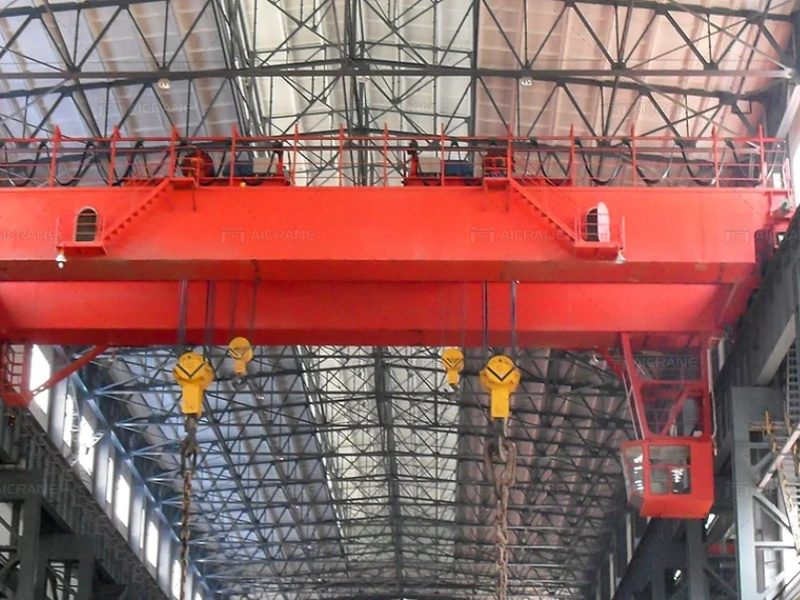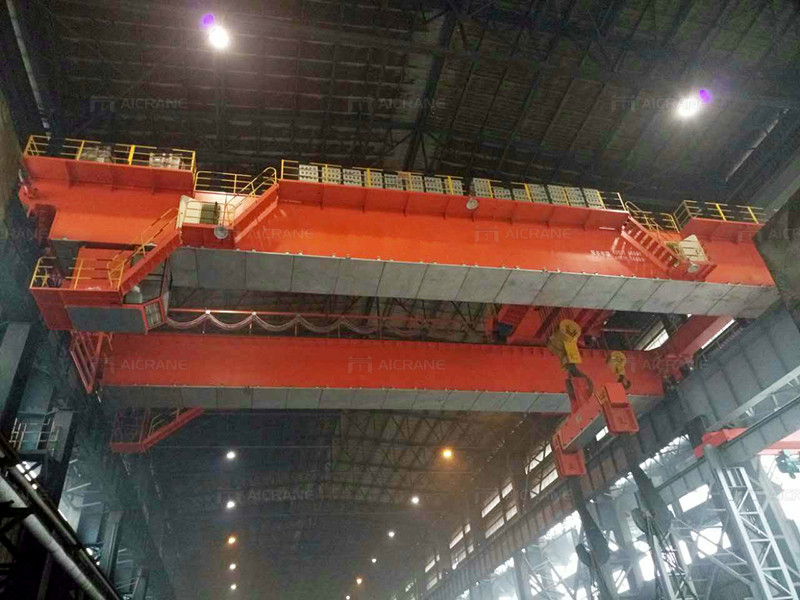In the bustling world of construction, where heavy materials need to be moved swiftly and safely, overhead cranes stand tall as indispensable assets. These towering structures, often seen spanning the length of construction sites, play a pivotal role in facilitating the seamless flow of materials, enhancing efficiency, and ensuring the safety of workers. Let’s delve into the multifaceted role of overhead cranes in construction projects and explore how they contribute to the success of these endeavors.
Enhanced Material Handling
One of the primary functions of overhead cranes in construction projects is the efficient handling of heavy materials(Мостовой кран 20 тонн). Whether it’s steel beams, precast concrete panels, or machinery components, these cranes are designed to lift and transport loads with precision and ease. Unlike traditional methods such as manual labor or forklifts, overhead cranes offer greater lifting capacity and reach, allowing construction crews to move materials across the site swiftly and without the risk of strain or injury.
Optimized Workflow
Construction projects operate on tight schedules, where every delay can have cascading effects on timelines and budgets. Overhead cranes play a crucial role in streamlining workflow by minimizing downtime associated with material handling. With their ability to transport materials vertically and horizontally, overhead cranes ensure a continuous flow of resources to different areas of the construction site, keeping operations on track and avoiding bottlenecks.

Safety and Risk Mitigation
Safety is paramount in the construction industry, where the potential for accidents is ever-present, especially when handling heavy loads. Overhead cranes contribute significantly to enhancing safety by reducing manual handling tasks and minimizing the risk of accidents associated with lifting and moving heavy materials. Equipped with advanced safety features such as overload protection systems and collision avoidance technology, modern overhead cranes(Электромостовой кран) provide an additional layer of security for workers on the job site.
Versatility and Adaptability
Construction projects often require flexibility to accommodate changing requirements and evolving site conditions. Overhead cranes offer versatility and adaptability, allowing construction crews to customize their operations to suit specific project needs. Whether it’s adjusting the crane’s lifting capacity(Кран мостовой двухбалочный), changing the configuration of lifting attachments, or repositioning the crane to different areas of the site, these versatile machines enable construction teams to respond promptly to challenges and opportunities as they arise.
Space Optimization
In congested construction sites where space is at a premium, overhead cranes prove to be invaluable assets for optimizing workspace. By operating overhead, these cranes minimize the footprint on the ground, freeing up valuable real estate for other construction activities. This space-saving advantage not only enhances efficiency but also improves safety by reducing congestion and minimizing the risk of accidents caused by overcrowding.
Maintenance and Longevity
Beyond their immediate role in construction projects, the maintenance of overhead cranes is crucial for ensuring their longevity and continued reliability. Regular inspections, lubrication of moving parts, and timely repairs are essential to prevent downtime and extend the lifespan of these valuable assets. By implementing a proactive maintenance program, construction companies can minimize the risk of unexpected breakdowns and maximize the uptime of their overhead cranes, thereby optimizing overall project efficiency and reducing long-term costs.

Environmental Considerations
In today’s construction industry, sustainability and environmental responsibility are increasingly important considerations. Overhead cranes(производитель мостового крана), with their ability to efficiently transport materials and minimize the need for excessive manual labor or energy-intensive machinery, contribute to reducing carbon emissions and environmental impact on construction sites. Additionally, the use of electric-powered overhead cranes and the adoption of energy-efficient technologies further enhance their eco-friendly profile, aligning with the industry’s growing emphasis on sustainability practices.
Technological Advancements
As technology continues to advance, overhead cranes are evolving to incorporate innovative features that enhance their performance, safety, and efficiency. Automation, remote monitoring, and predictive maintenance capabilities are revolutionizing the way overhead cranes are operated and maintained, allowing for greater precision, reliability, and cost-effectiveness. Integration with Building Information Modeling (BIM) systems also enables seamless coordination with other construction processes, resulting in improved project coordination and execution.
In conclusion, overhead cranes play a central role in the success of construction projects by facilitating efficient material handling, optimizing workflow, enhancing safety, and offering versatility in adapting to project requirements. As the construction industry continues to evolve and embrace technological advancements, the importance of overhead cranes as indispensable tools for builders and contractors remains unwavering. With their ability to lift heavy loads with precision and efficiency, overhead cranes stand tall as towering symbols of progress and innovation in the dynamic world of construction.